Methods of Inquiry
Surveys
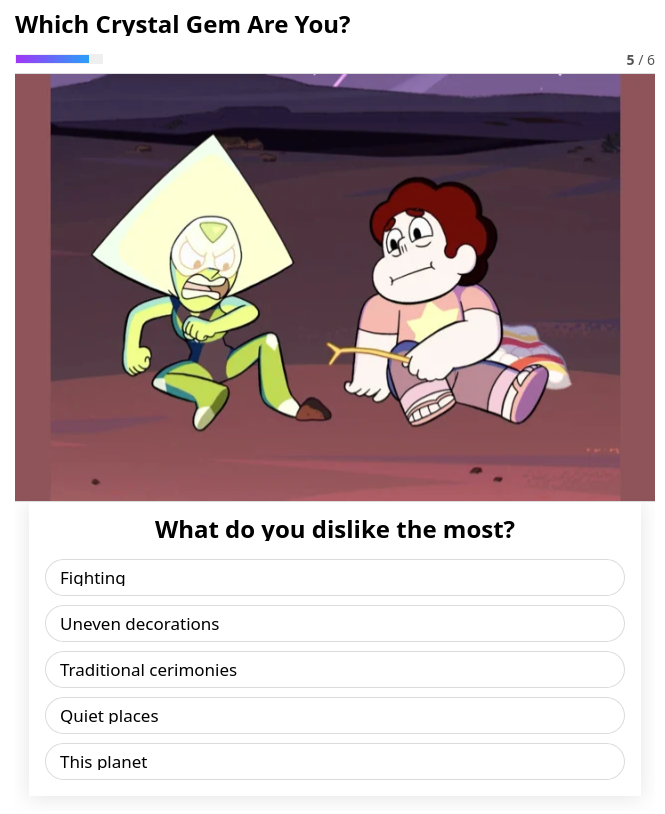
Methods of Inquiry
Surveys
A survey is a list of questions
- Targeted
Specific population, usually with some form of sampling - Uniform
Typically same survey is sent to every participant
Format
- Various forms of dissemination
Mail; telephone; in-person; online; … - Various forms of questions
Yes/no; scale; multiple choice; free response; interview; …
Methods of Inquiry
Surveys
Advantages
- Allows for large samples
- Generalizable
- Structured data for charts and statistical anlyses
Challenges
- Often time consuming
- Non-response can lead to bias
- Format can yield unreliable artifacts
(results that reflect the survey structure rather than respondents' beliefs)
Methods of Inquiry
Experiments

Methods of Inquiry
Experiments
Experiments for causal analysis
- Isolate one potential factor that might be causing an outcome
- As much as possible, let nothing else vary
- Assume that the remaining factors vary unpredictably
Common laboratory setup
- Treatment and control group
- Double-blind
Researchers do not know group assignment - Compare outcomes
Methods of Inquiry
Experiments
Non-laboratory experiments
- Vary potential causal factor “in the wild”
Intervention or “natural experiment” - Less reliable than controlled experiment
Outside factors can confound results
Ethical concerns of experiments
- Consequences of treatment
- Consequences of withholding treatment
Methods of Inquiry
Experiments
Advantages
- Causal inference
- Clear analysis
- Again:
causal inference
Challenges
- Narrow scope
- Artifical context
- Ethical concerns
- “Hawthorn effect”
Methods of Inquiry
Field research

Methods of Inquiry
Field research
Interact with research subjects directly
- Unstructured or minimally structured
- Observe behavior
- Participate in activities
Aims
- Gather in-depth information about community, institution, or place
- Understand how the people that participate in the case make sense of their own experience
- Employ flexible theories and hypotheses, subject to change as researchers learn more about the people involved
Methods of Inquiry
Field research
Ethnography
- Systematic observation of an entire community
- “Thick description” (Geertz)
- Often extend over months, years, or even decades
Participant observation
- Participate in the community under study
- Take on roles and responsibilities, form relationships
- Sometimes “under cover”
Case study
- Single organization, event, or person
- May use ethnography and secondary data
Methods of Inquiry
Field research
Advantages
- Detailed, accurate, real-life information
- Brings individual accounts to foreground
- Prioritizes adaptive research frames
Challenges
- Very time consuming
- Harder to generalize
- Especially sensitive to researchers' prior expectations
- Messy data (?)
Methods of Inquiry
Secondary data analysis
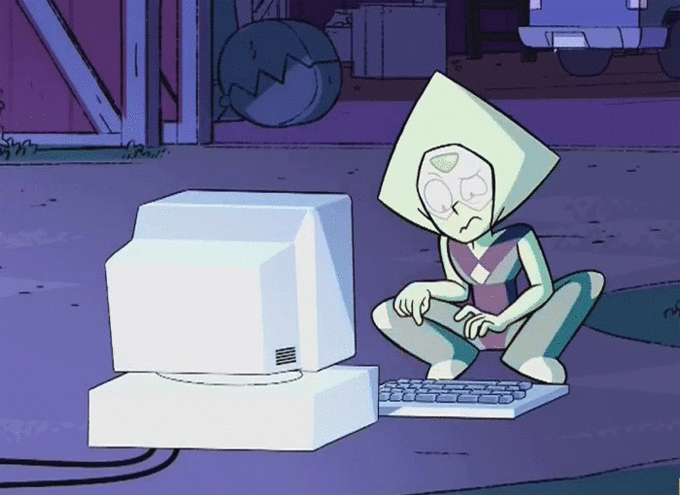
Methods of Inquiry
Secondary data analysis
Use data that already exists
- “Found data”
- Not designed to answer the researcher’s question
Characteristics
- Often (but not always!) easy to obtain
- Rarely well structured for the research question—often requires extensive coding/processing
- Ubiquitous
Methods of Inquiry
Secondary data analysis
Repurposed research data
- Re-use data from another research project to answer a new question
- Meta-analysis of existing published research
- General-purpose data (e.g. Statistics Canada)
Data “in the wild”
- Anything recorded without scholarly intent
- Literature
- Meeting minutes
- Recorded conversations / correspondence
- Social media posts and interactions
- Very unstructured—variety of methods used to transform into usable data (e.g. content analysis, coding)
Methods of Inquiry
Secondary data analysis
Advantages
- Often inexpensive and fast to obtain
- No threat of researcher bias in the data itself
- Often the only option for historical cases
Challenges
- Data not focussed on current research question
- Must take into account the social processes that created the data
- Context may be unavailable
- Processing may introduce hidden biases
Methods of inquiry
Research rarely falls cleanly into one methodological bin
Societal transformation

Societal transformation
Societal transformation
Societal transformation
Problems with “progress” view
- Examles of societal transitions have gone counter to assumed order
!Kung San in Kalahari Desert in Southern Africa, e.g. - Danger of “reading history sideways”
Looking to current hunter-gatherers for insight into the lives of ancient hunter-gatherers - Eurocentric categories
- Can ignore interconnectedness of states and nations
Usefulness of “progress” view
- Synchronicity
Human history is very long, but agrarianism and industrialization emerged across the globe at similar times - Asymmetric effects of societal transition
It may be “easier” to industrialize than to de-industrialize, e.g.
Place & the nation-state
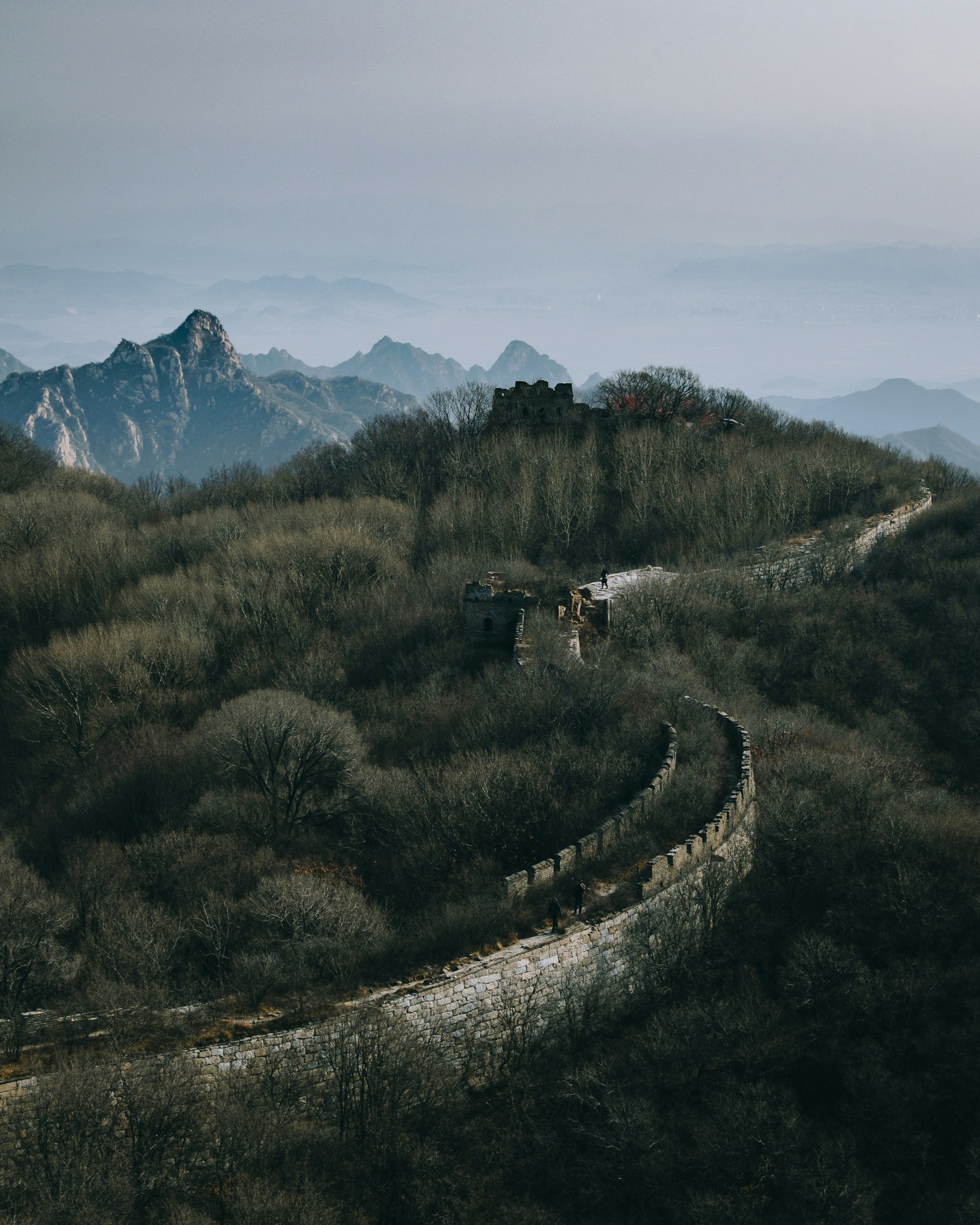
Place & the nation-state
What is a society?
- Tendency to use community or town as template
Relate to a group of people through shared trait: place
Center versus border
- Two related ways to define a group
- Who am I like? What makes us similar?
Idealized core of a group holding people together - Who am I not like? What makes them different?
Boundary of a group keeping non-members out - Two sides of same concept, but emphasizing one or the other makes big difference

Place & the nation-state
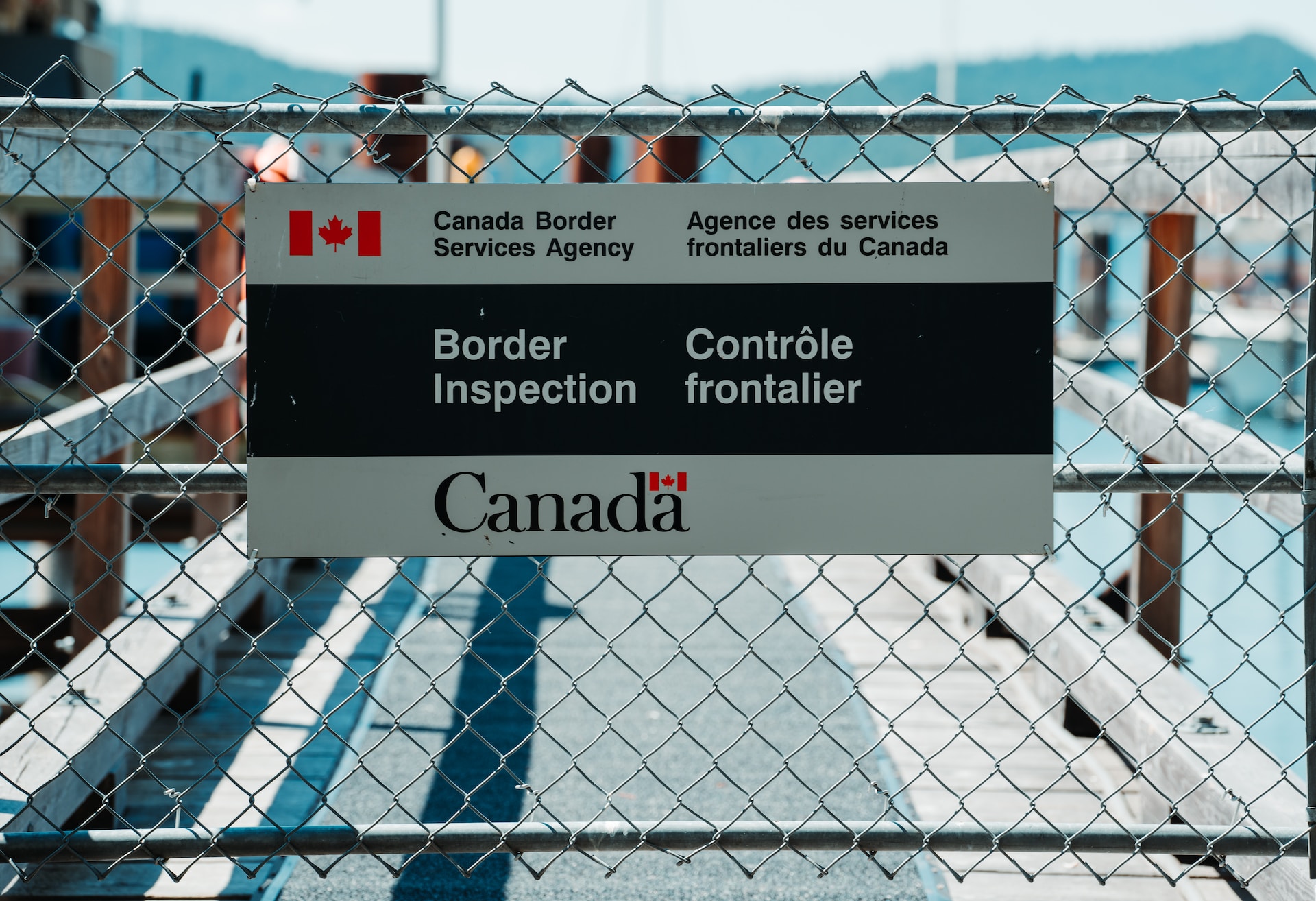
The modern nation-state
- Nation:
group of people sharing a cultural identity - State:
Territorial government - Became de-facto political unit over the last 200+ years
- Currently seen as universal
All land seen as territory
Center versus border of the nation-state
- Sense of unified identity often invoked, and sought by governments
- Geographic boundary usually prevails
Place and the nation-state
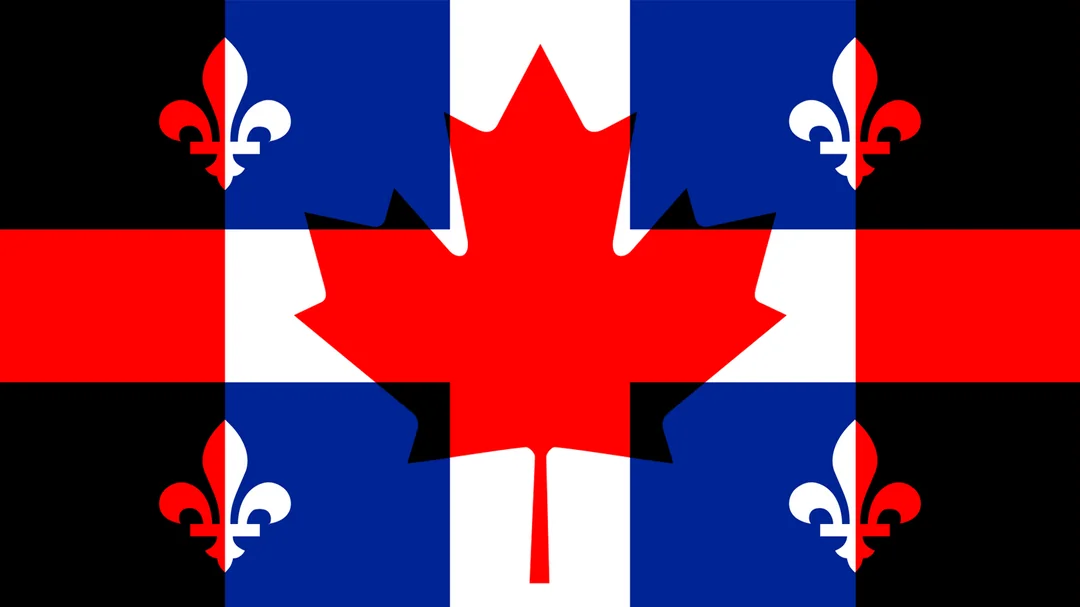
Conflicting Schemas
- Multiple identities at odds within single country
Québécois nationalism and Canada
Assamese (Axamiyā) and India - Claims of unified identity used to question sovereignty
Russian invasion of Ukraine
North and South Korean jurisdiction
Nationalism
- National unity can become a tool for dominance and oppression
- Internally
Rwandan genocide
North American Indigenous genocide - Externally
American exceptionalism
Nazi Germany
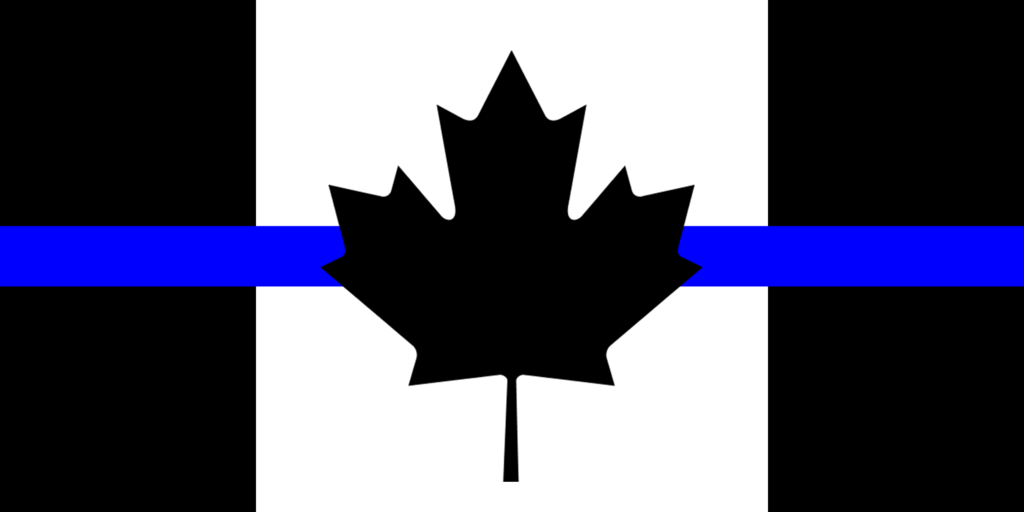
European colonialism
European colonialism
A (very) brief outline of European colonialism
- 15th century: European empires take an interest in Americas
- Spain, Portugal, France, United Kingdom, Netherlands, and others began sending ships across oceans
- Plundered resources (material and labor) and claimed land in North and South America, Africa, Asia, and Oceania
- Exceptionally violent, resulting in death, injury, and illness of countless people
- Throughout 19th and 20th centuries, formal rule over most colonies by European metropoles ended
- Foundation of current global systems of commerce, governance, culture, etc.
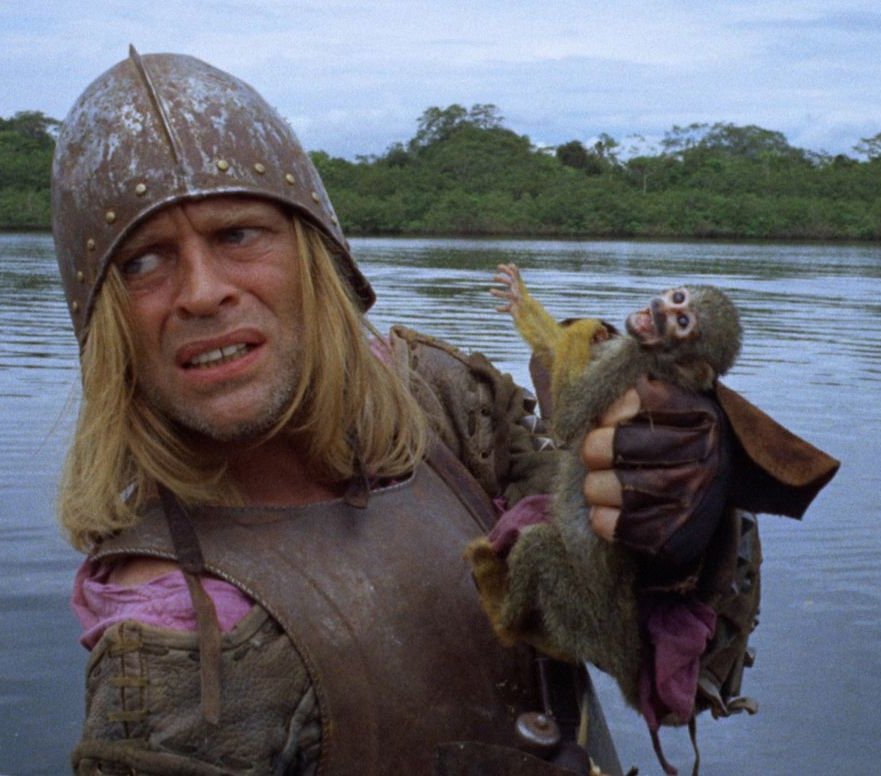
Still from Aguirre, the Wrath of God (1972)
European colonialism

European colonialism
Major types of colonialism
-
Exploitation colonialism
- Colonized population monitored by minimal colonial settlement
- Oversee extraction of resources for metropole
-
Settler colonialism
- Metropole establishes cities and moves population to colonized areas
- Terra nullius
-
Neo-colonialism
- Economic and cultural exploitation
European colonialism
Terra Nullius
- View of land without settlement or active cultivation as empty
- Language of conquest becomes language of discovery
New World; Age of Discovery; Explorer

Manifest destiny
- Term specific to United States, but ideology widespread
- Colonized land is “culturally” empty
- Duty to “uncivilized” people to teach about true religion and proper society
- Characterized by Europeans as a burden or responsibility

European colonialism
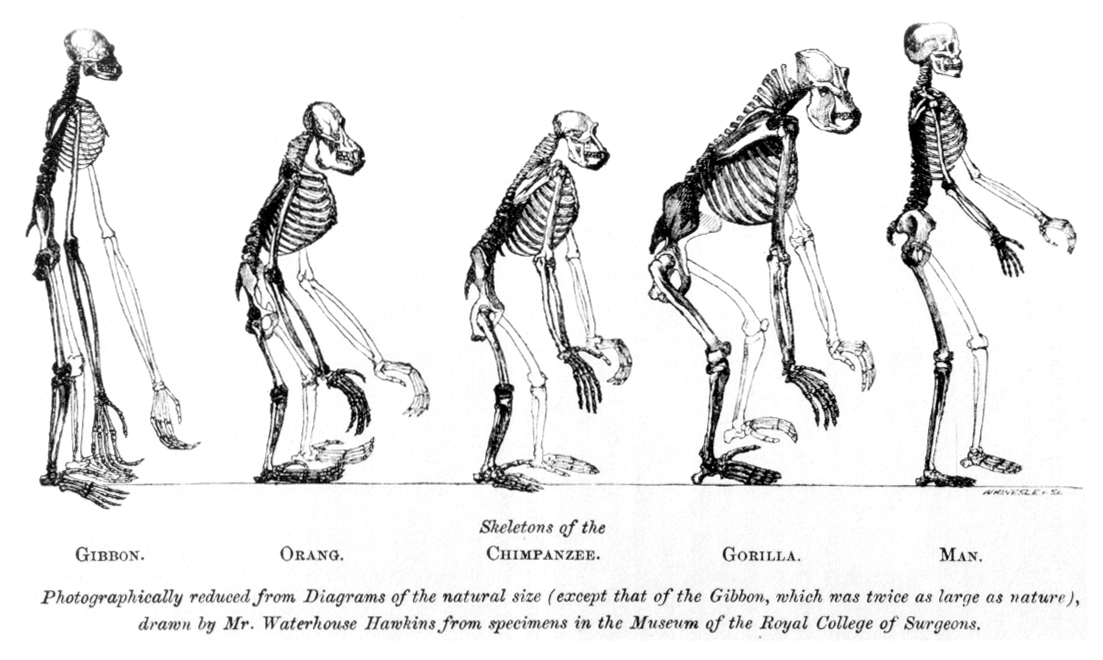
Dehumanization
- Conceptualization of non-European populations as less than human
- Environmental determinism
- Justifies both terra nullius and manifest destiny

Geographical boundaries
- Colonial powers viewed geographical delineation as primary
- Not common in much of the world
- Boundaries used to frame discourse both between colonial powers and between colonizer/colonized
Next class
Required readings
- Denis (2015), Contact theory in a small-town settler-colonial context: The reproduction of laissez-faire racism in Indigenous-white Canadian relations
- Conerly, Holmes, and Tamang (2021), sections 11.1–11.3
Content warning:
The slides in next class's lecture contain some disturbing images, including racial stereotypes and images of Nazi scientific instruments.
Image credit
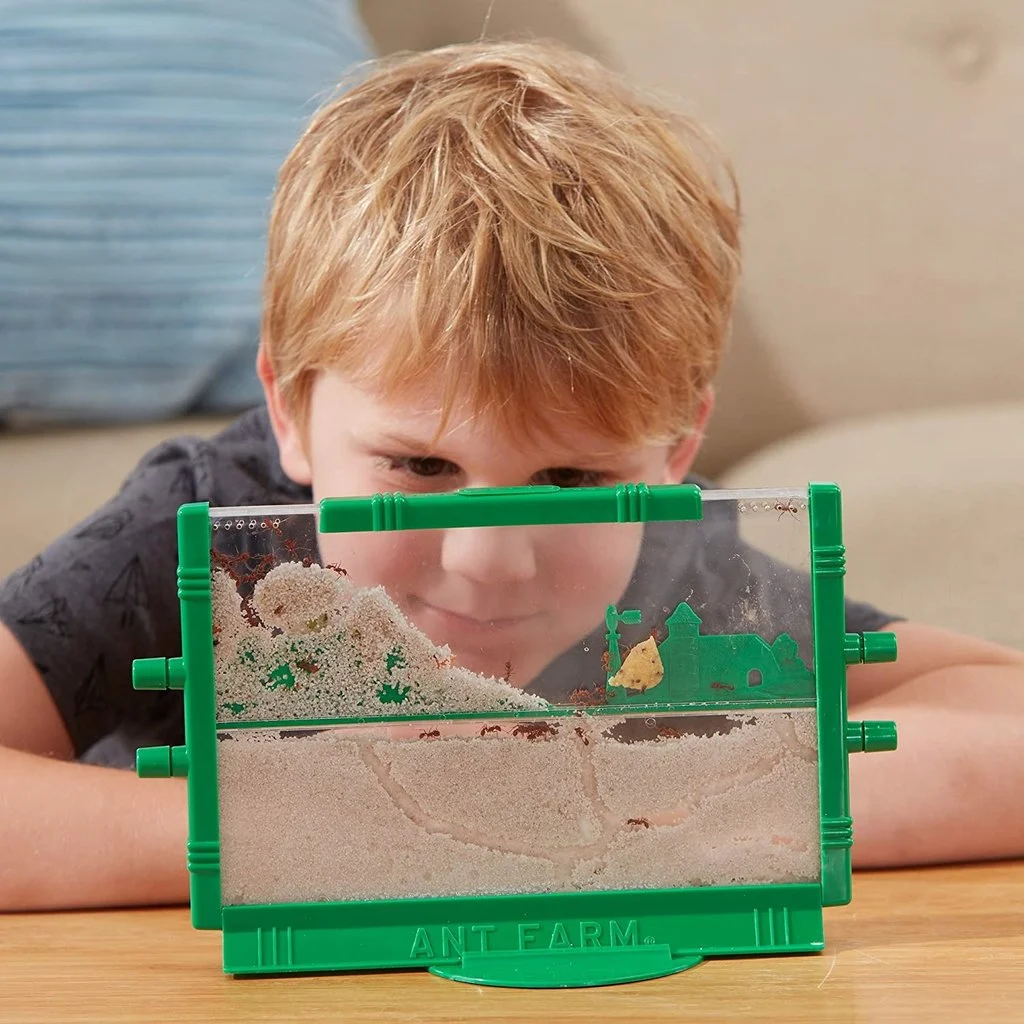
Photo from thetoystoreonline.com

Screenshot from Cartoon Network ("Which Crystal Gem Are You?")

Still from Steven Universe (2013)

Animation from Steven Universe (2013)

Animation from Steven Universe (2013)

Still and caption from Gremlins 2: The New Batch (1990)
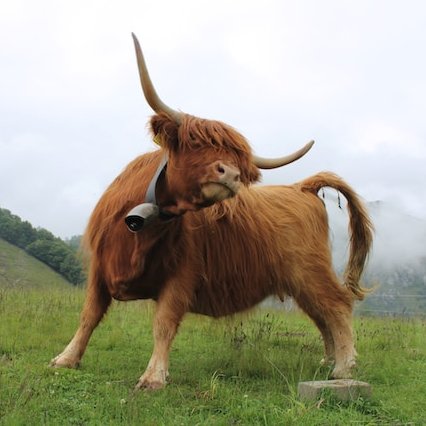
Photo by Paolo Feser on Unsplash
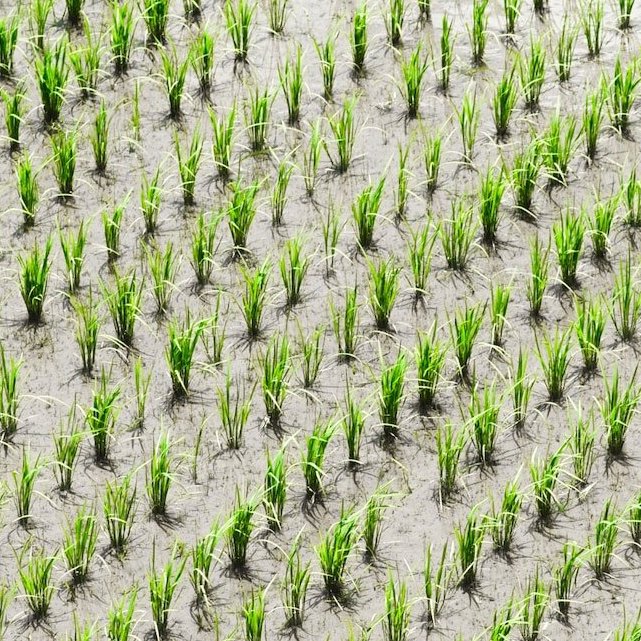
Photo by Ryo Yoshitake on Unsplash
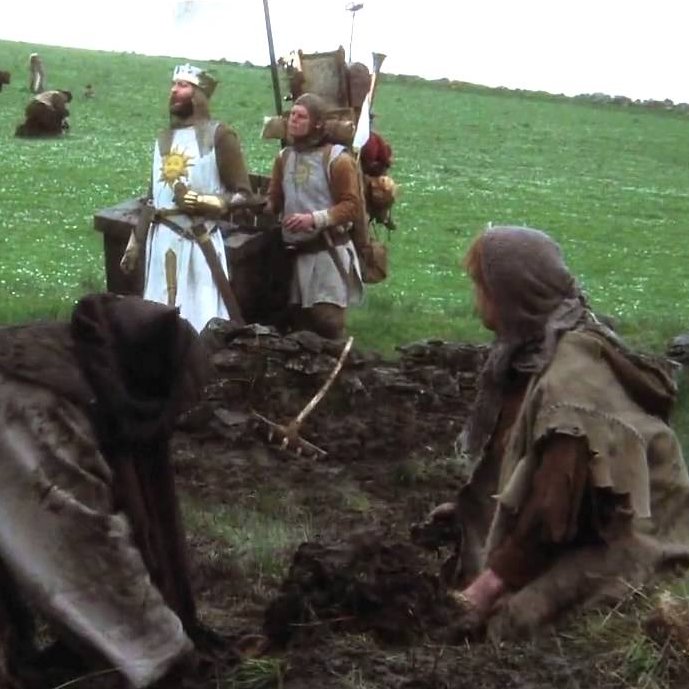
Still from Monty Python and the Holy Grail (1975)

Photo by Andreas Felske on Unsplash

Still from Sorry to Bother You (2018)
Image credit

Still from Star Trek: The Next Generation (1987)

Photo of Mutianyu Great Wall by Marc-Olivier Jodoin on Unsplash

Photo by Danielle Barnes on Unsplash

Photo by Hermes Rivera on Unsplash

Image from Reddit user u/ferdeederdeetrerre

Image via Wikimedia

Still from Aguirre, the Wrath of God (1972)

Animation via Wikimedia

Photo by Chris Abney on Unsplash)

Painting by Harold Copping (1916) via The Wellcome Collection

Image via Wikimedia

Map by Henry M. Stanley (1890) via The Wellcome Collection
